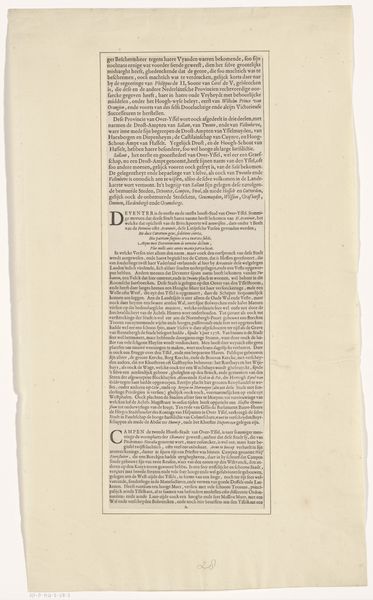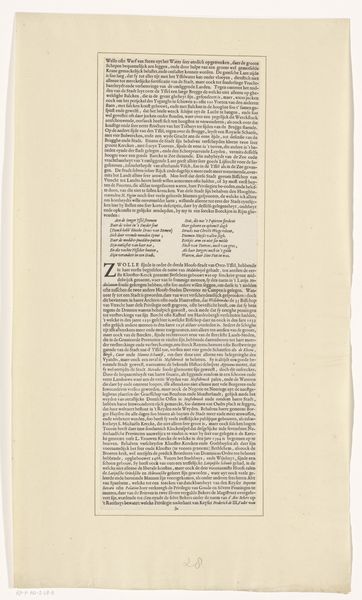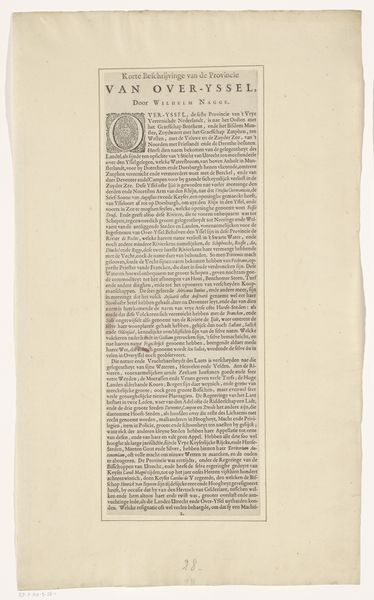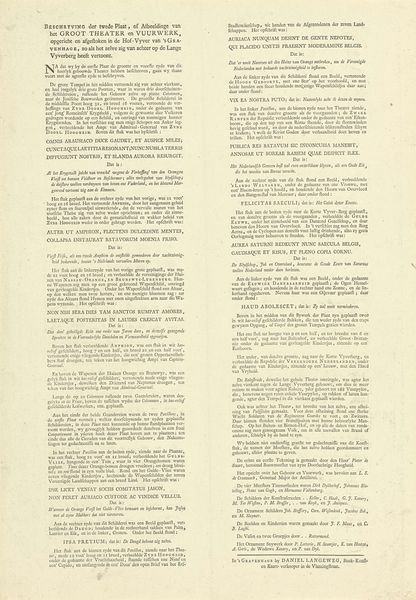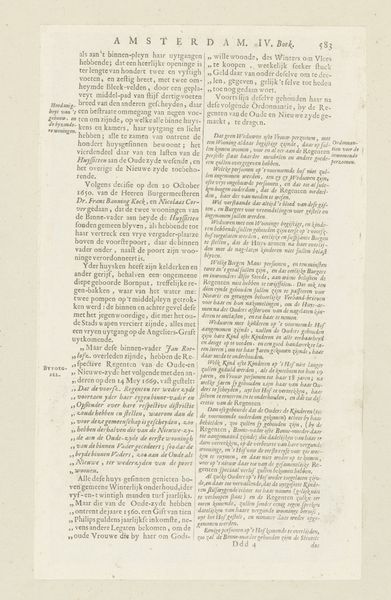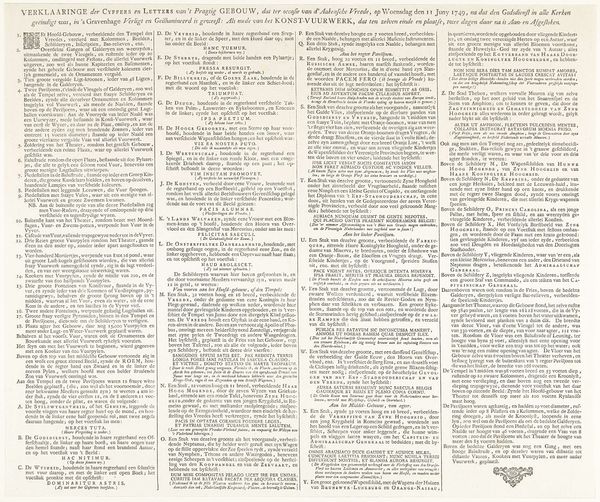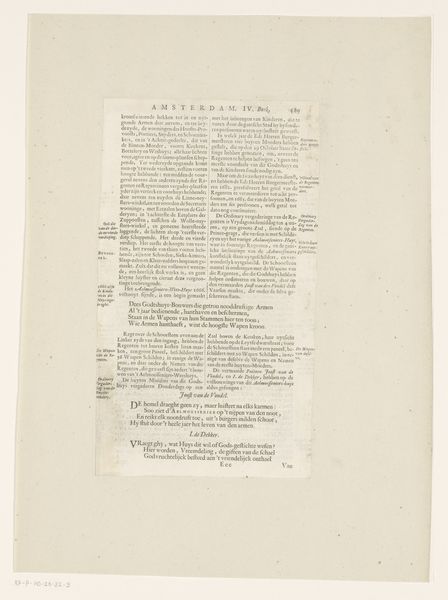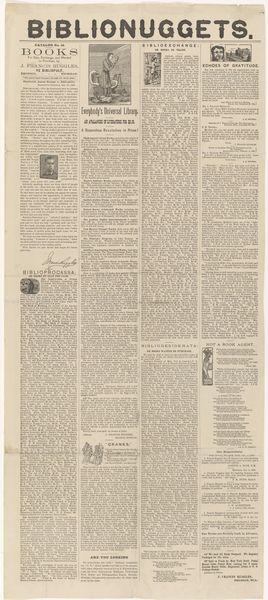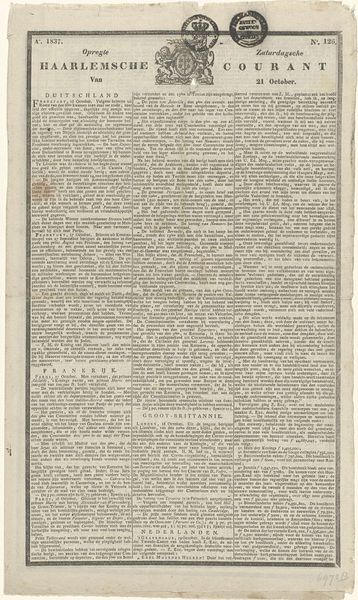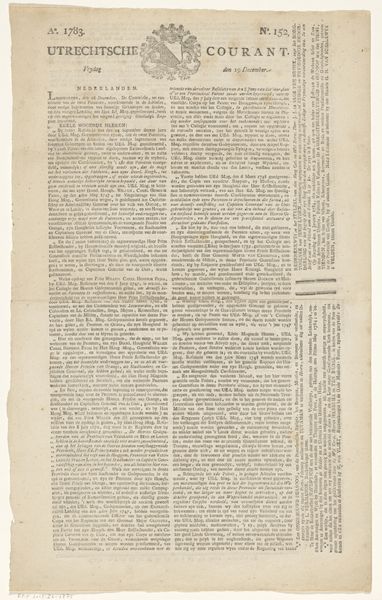
Beschrijving van de provincie Overijssel door Wilhelm Nagge (vierde pagina) after 1647
0:00
0:00
graphic-art, print, engraving
#
graphic-art
#
dutch-golden-age
# print
#
old engraving style
#
engraving
Dimensions: height 433 mm, width 151 mm
Copyright: Rijks Museum: Open Domain
This fourth page from Wilhelm Nagge's description of the province of Overijssel, created in the 17th century, is a dense field of text. But even in such a seemingly straightforward document, we find potent symbols at play. Look closely at the names of cities like Hasselt, Coevorden, and Zwolle. These names aren't merely labels; they're invocations. Consider the repetition of certain letters—the 'H' in Hasselt, or the 'C' in Coevorden. Letters and words, like ancient runes, carry a symbolic charge. They're not just functional; they're imbued with the spirit of the place. Think of the alchemical traditions, where language was believed to hold the power to transform reality. This notion echoes in Nagge's text. The act of naming, of writing, is an act of creation, of asserting dominance over the landscape. It's a way of making these places live on in the collective memory, a testament to the enduring power of the written word.
Comments
No comments
Be the first to comment and join the conversation on the ultimate creative platform.
